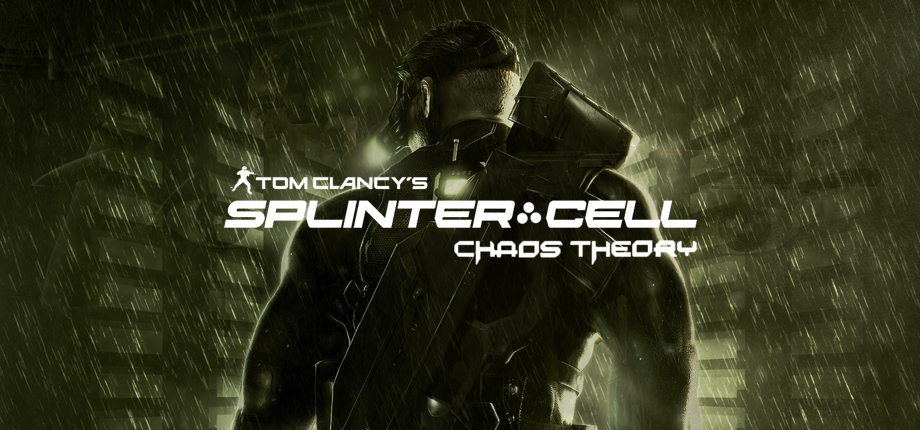
Tom Clancy’s Splinter Cell: Chaos Theory
Splinter Cell has been kind of forgotten by much of the gaming community, and I kind of understand why. Compared to Metal Gear Solid’s unique Kojima-flavoured weirdness, this series is distinctly unmemorable. The plots always aim for realistic but come off as hazy and blandly patriotic, and the games’ approach to originality is introducing a bunch of little additions rather than grand reinvention. It’s a little unfair, because the games work perfectly well, and those little additions usually build up to an engaging whole. And Chaos Theory works the best and has the most engaging little additions of all of them! I’m most enthusiastic about the “ambient sound” mechanic, which can disguise the sound of player actions. It’s an organic and thoroughly-executed system (even the hum of electric lights registers a little bit), and it adds a unique, invisible layer to the level design.
Speaking of level design, Chaos Theory is also the most open-ended game in the series. It’s nowhere near the level of Thief or Hitman, but it’s at a level that’s appropriate for the gameplay, ensuring there are opportunities to use all of the extremely cool but situational maneuvers without them feeling scripted. The unorthodox control scheme from the previous games returns, and it’s still oddly satisfying in the same way as piloting a spacecraft in a sci-fi flight sim. Furthermore, the soundtrack is surprisingly original, and the visuals and voice acting have improved to the point that they’re the best of the original trilogy. Admittedly, time has not been kind to either, though they at least fared better in that regard than the formerly-outstanding cooperative and competitive multiplayer modes, which are simply no longer available.